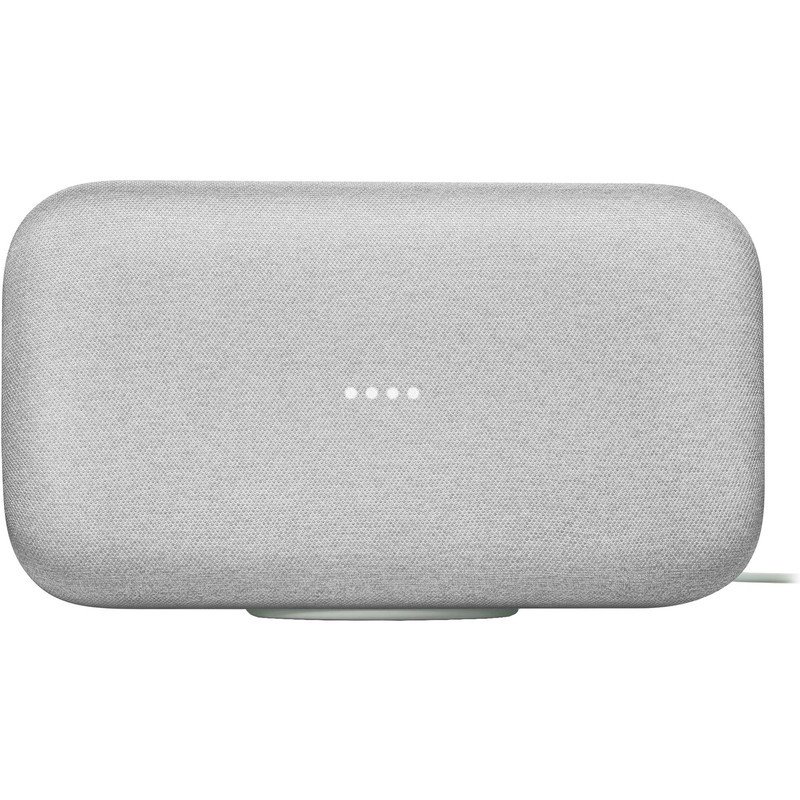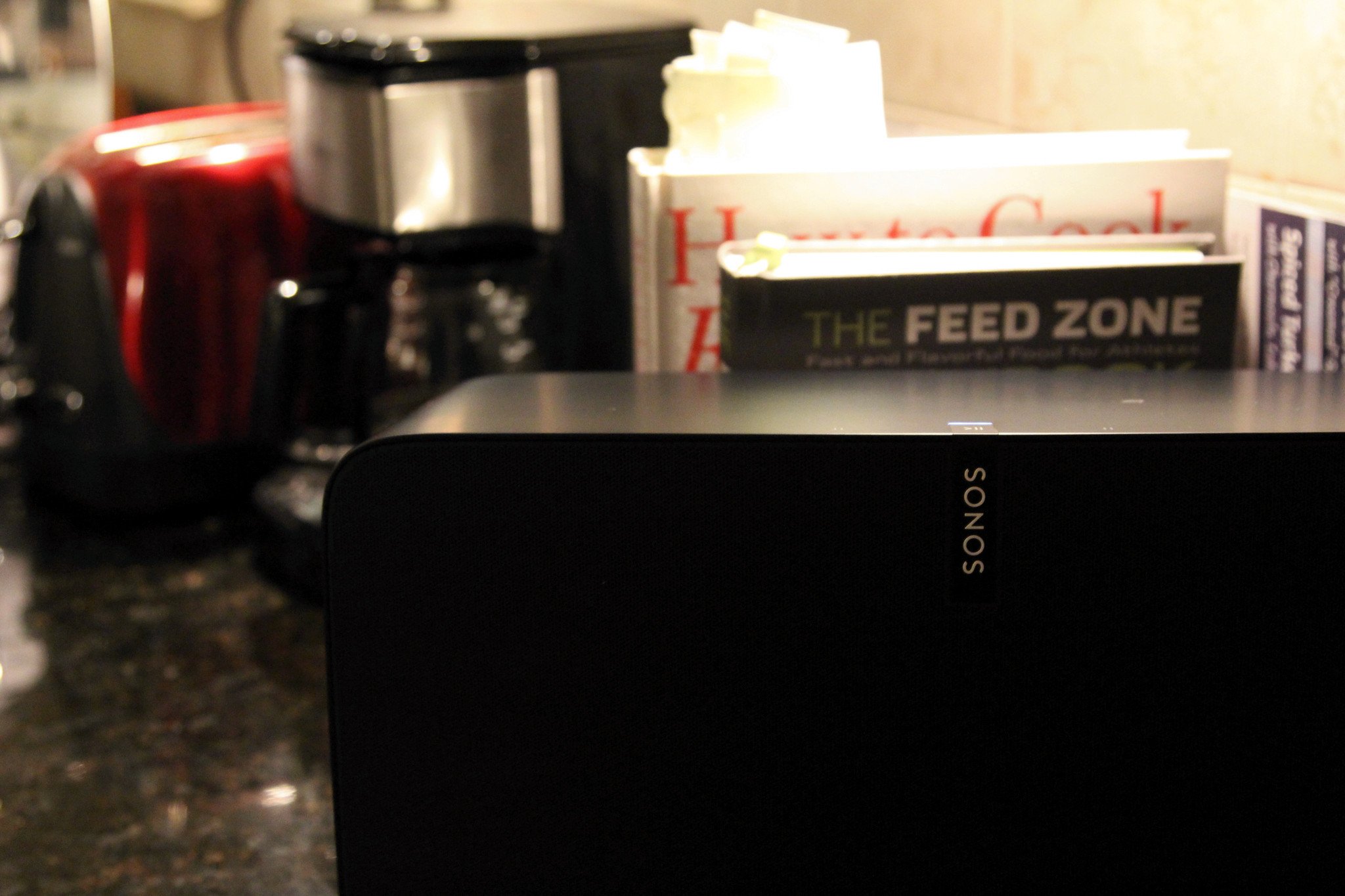
Sonos Play:5
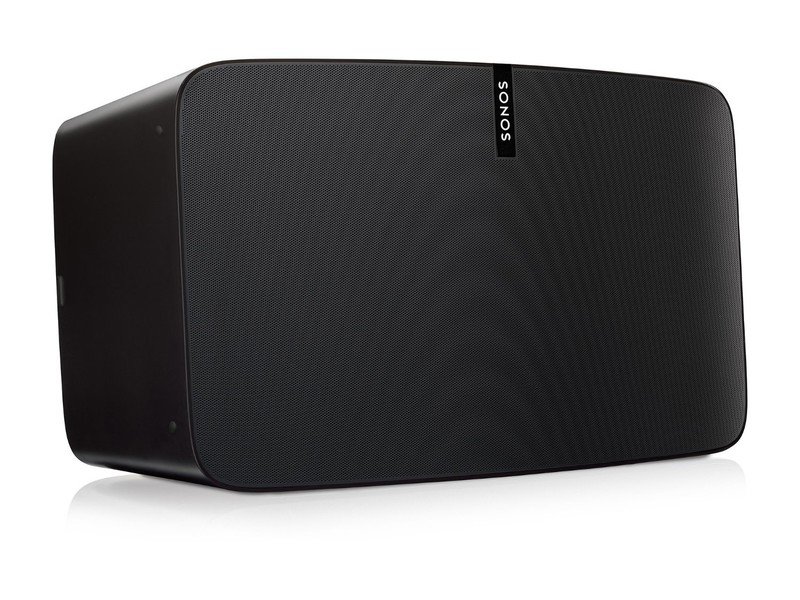
The Sonos Play:5 is an amazing speaker with amazing sound that is hard to beat. While it lacks smart features or voice control, it still sounds the best.
Sonos Play:5
Stellar sound
Google Home Max
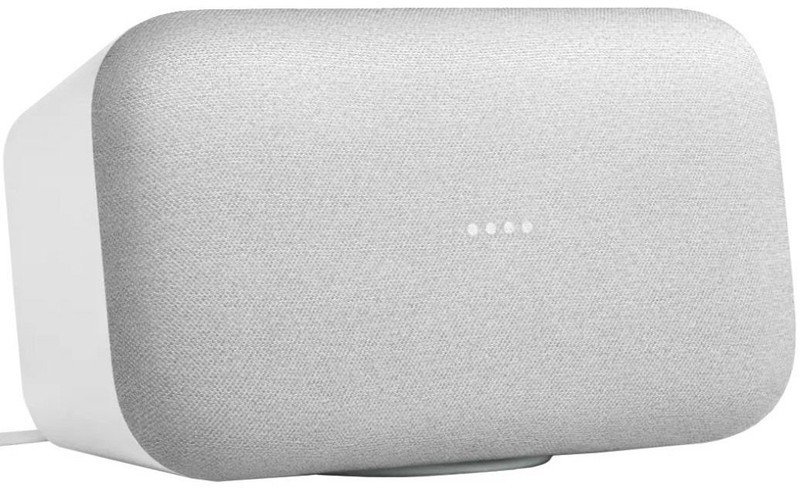
With its combination of great sound, smart home features, and built-in Google Assistant, there isn't much to not like about the Google Home Max.
Google Home Max
Smart and powerful
Music To My Ears
The Google Home Max is a full-featured smart speaker that will fit right into nearly any smart home. While it's hard to knock the Sonos Play:5 for anything with its stellar sound quality, it does lose some ground with its lack of any voice control or smart home features — but not enough to keep it from winning this battle.
| Header Cell - Column 0 | Sonos Play:5 | Google Home Max |
|---|---|---|
| Multi-room Audio | Yes | Yes |
| Line-in | Yes | Yes |
| Bluetooth | No | Yes |
| Google Assistant | No | Yes |
| Smarthome Control | When connected to Alexa device | Yes |
These two speakers are on an even playing field in many areas. While the Play:5 edges out the Home Max in quality of sound (by quite a bit), both speakers offer multi-room audio, both have a line-in, both be used horizontally or vertically, and both put out great sound.
The glaring difference here is that the Google Home Max is a connected speaker with Google Assistant and smart home control built-in, while the Play:5 isn't very smart at all. The benefit is that by adding a simple Amazon Echo device (even the inexpensive Echo Dot) to your home, you can easily add smart features to the Play:5.
Play Together
Where the Play:5 easily connects with other Sonos speakers in your home, the Google Home Max works with other Google Home devices like the Home Mini or Home Hub, as well as Chomecast Audio devices. Google's multiroom setup is a bit finicky, however, giving Sonos the edge here in the ease of setup and use when it comes to using multiple speakers.
Everything you do with Sonos takes place in the Sonos app. From setup to adding more speakers to grouping to adding music services to playing music — it's all there. Conversely, using the Home Max requires you to first set up the device using the Google Home app, then to stream you'll have to use the actual music apps — Google Play Music, YouTube Music, Spotify, etc. Rather than accessing your services in the app itself and streaming away like Sonos, the Home Max requires you to "cast" from the music apps to the speaker itself.
Be an expert in 5 minutes
Get the latest news from Android Central, your trusted companion in the world of Android
The Home Max also has Bluetooth support — something you won't find on any Sonos speaker. This gives you yet another option beyond streaming or using the line-in.
Take it to the Max
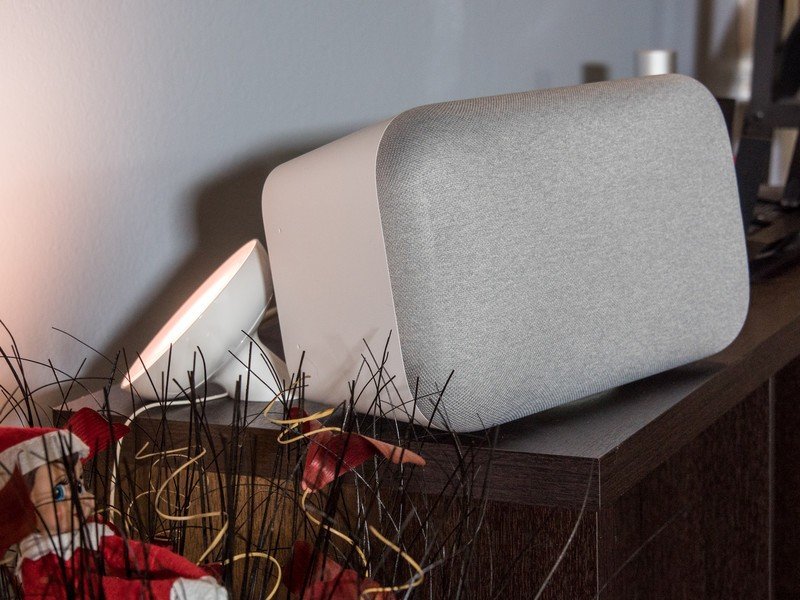
Both the Home Max and Play:5 also carry the option to customize their sound as well. The Home Max uses Smart Sound to adjust to its placement in the room, while the Play:5 uses the TrueSound app through your phone to tweak up the EQ and put out the best possible sound.
It's a super-close battle that comes down to the wire, but in the end — even without voice control or smart home features — the Sonos Play:5 wins the race. When you buy a speaker in this price range you want the best possible sound, and for that reason, the Sonos Play:5 is the winner. If you're looking for the added bonus of smart features, adding an inexpensive Alexa device to the mix will help get you there.

Adam is the Editorial Director of High-Yield content at Future. Leading an outstanding team, he oversees many articles the publisher produces about subscriptions and services including VPN, TV streaming, and broadband. In addition to identifying new e-commerce opportunities, he has produced extensive buying guides, how-to-watch content, deal news, and in-depth reviews. Adam's work can be seen on numerous Future brands including TechRadar, Tom's Guide, T3, TTR, Android Central, iMore, Windows Central, and Real Homes.
